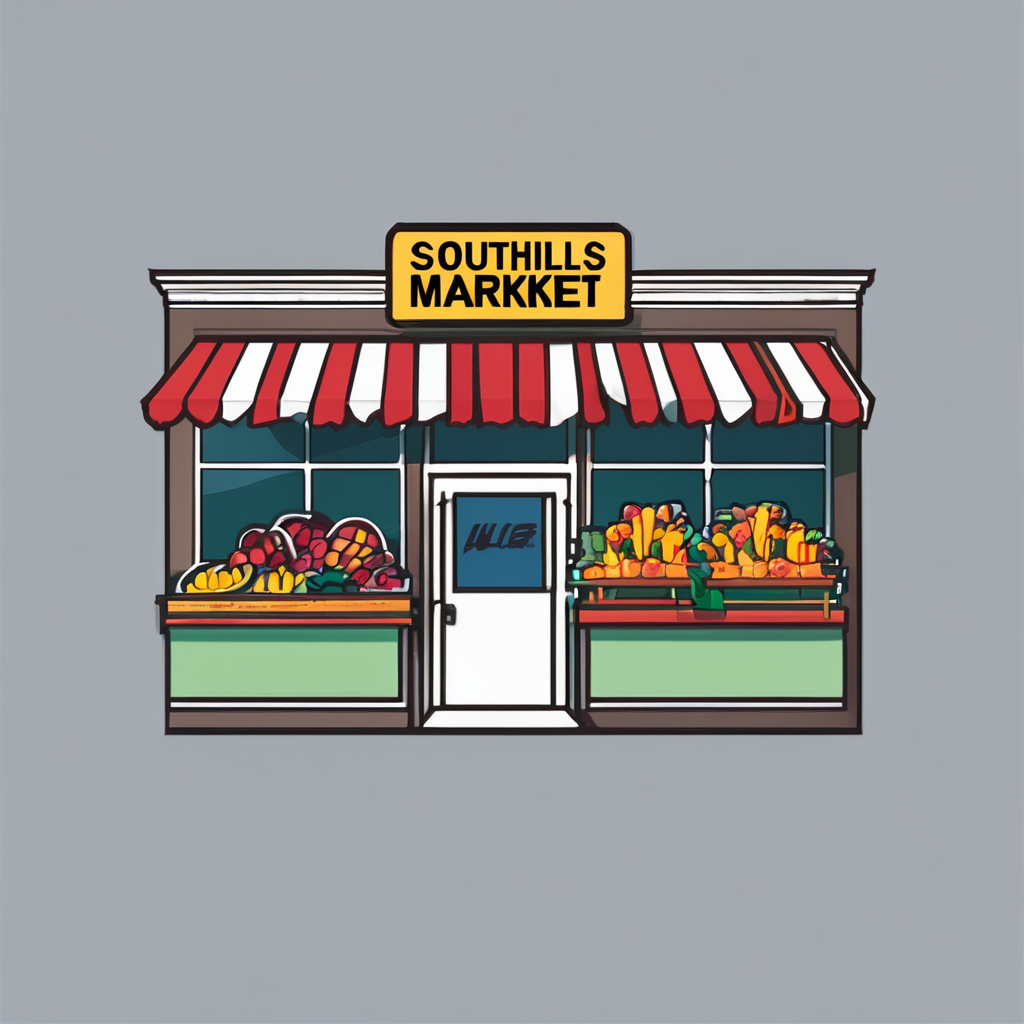Understanding Kitchen Bars in UK Restaurants
The kitchen bar definition in the UK restaurant scene typically refers to a dedicated counter or seating area that bridges the gap between the kitchen and the dining space. Unlike traditional bars, a kitchen bar offers diners an up-close view of food preparation, fostering interaction between chefs and guests. This setup highlights transparency and a more personalized dining experience.
Key UK kitchen bar features include open-plan designs that encourage visual and conversational access to cooking. Many kitchen bars incorporate high stools aligned along counters adjacent to the kitchen workspace, allowing patrons to observe culinary techniques firsthand. This closeness also adds an element of theater to the meal, transforming the kitchen into a focal point rather than a hidden area.
In the same genre : How Can You Transform Your Home Kitchen with Influences from UK Bars and Restaurants?
The kitchen bar concept in the UK has evolved from a simple serving counter to an integral feature of modern dining establishments. Initially aimed at quick service, it now emphasizes engagement and sophistication, blending functionality with social interaction. Contemporary UK restaurants use kitchen bars to showcase chef expertise, promote fresh ingredients, and enhance the overall dining ambiance. This evolution reflects changing consumer preferences toward experiential and transparent dining environments.
Design Aesthetics Shaping Modern UK Kitchen Bars
Kitchen bar design in the UK has evolved to become a pivotal element of restaurant interiors, reflecting broader restaurant interior trends that emphasize both style and functionality. One of the key aesthetic principles guiding kitchen bar design is the seamless integration of the kitchen bar with the restaurant’s overarching décor. This approach ensures a cohesive visual flow, where the kitchen bar complements rather than competes with existing design elements.
Also read : What Are the Key Characteristics of a Successful UK Kitchen Restaurant and Bar?
Materials play a crucial role in this integration. Popular choices include reclaimed wood, sleek metal finishes, and natural stone surfaces, which add texture and character while maintaining durability. Lighting design is equally important; adjustable, warm lighting fixtures create inviting atmospheres, highlighting key areas of the kitchen bar and enhancing the overall ambiance. Clever layout planning ensures that the kitchen bar serves as both a social hub and a functional workspace, thoughtfully positioned to connect diners with the culinary experience.
By combining careful kitchen bar design with well-chosen materials, lighting, and layouts, UK venues successfully adapt to contemporary restaurant interior trends. This results in kitchen bars that not only elevate the visual appeal but also enrich customer interaction and satisfaction within the restaurant space.
Functional Advantages for Restaurants and Staff
Creating an open kitchen brings several practical benefits that directly improve kitchen efficiency and bolster staff collaboration. With this setup, the traditional barriers between cooking and dining areas dissolve, allowing chefs and servers to communicate effortlessly. This enhanced staff-customer interaction fosters a more transparent environment where customers can see food preparation in real-time, which increases their confidence in hygiene and quality standards.
From a workflow perspective, open kitchens enable smoother coordination among kitchen staff. Tasks become more synchronized as team members can quickly exchange information without relying on electronic devices or runners, reducing errors and speeding up service. This translates into faster order turnaround times, an essential factor during peak hours.
Furthermore, open kitchen designs often optimize space usage. By integrating the cooking and serving areas, restaurants can streamline their operations, making better use of available square footage while maintaining an engaging atmosphere. This efficiency helps busy restaurants handle high volumes without sacrificing quality or guest experience.
In summary, the open kitchen benefits extend beyond aesthetics to include operational enhancements that improve both staff performance and customer satisfaction.
Enhancing Customer Experience and Engagement
Creating an exceptional customer dining experience is essential for restaurants aiming to stand out. Fostering interactive dining environments encourages guests to feel more connected and engaged during their visits. Establishments that successfully integrate elements like live cooking stations, chef interactions, or customizable menus elevate the experience beyond simply serving food.
A vibrant, social atmosphere significantly impacts how customers perceive the overall meal. When restaurants design spaces that promote conversation and shared enjoyment, patrons are more likely to return. This includes thoughtful layout, communal tables, and ambient settings that invite interaction.
Responding to customer preferences, many diners today seek openness and authenticity. They appreciate transparency about ingredients, preparation, and sourcing, which builds trust and loyalty. Emphasizing genuine hospitality combined with engaging elements enriches the customer dining experience and cultivates lasting connections through memorable moments.
Trends and Notable Examples in the UK
Kitchen bars have become a significant trend in UK restaurant culture, blending dining with an immersive culinary experience. This approach reflects a wider shift in how customers engage with food preparation, favoring transparency and interaction.
Several prominent UK eateries have successfully integrated kitchen bars, setting benchmarks for this model. These restaurants often use open kitchens to foster a connection between diners and chefs, creating a sense of theatre and authenticity. Notable examples include venues in London and Manchester where kitchen bars serve as focal points for both socialising and engaging with innovative cooking techniques.
Chefs and designers highlight that this trend aligns with growing consumer demand for experiential dining. They emphasize that kitchen bars not only enhance flavour appreciation but also offer opportunities for chefs to showcase their skills. Looking ahead, experts predict further evolution toward more personalised and interactive setups, with technology playing a role in enriching the kitchen bar experience. This could involve integrating digital menus or live cooking demonstrations to deepen customer engagement.
